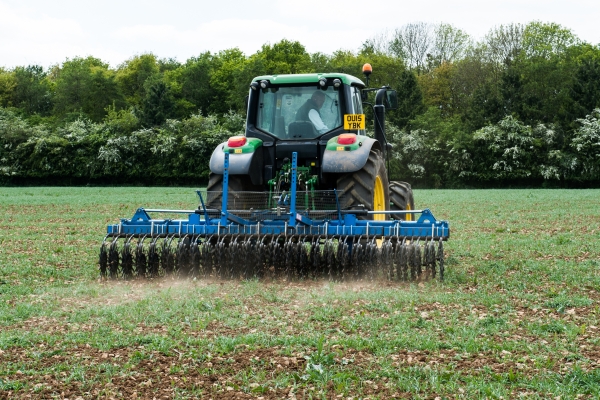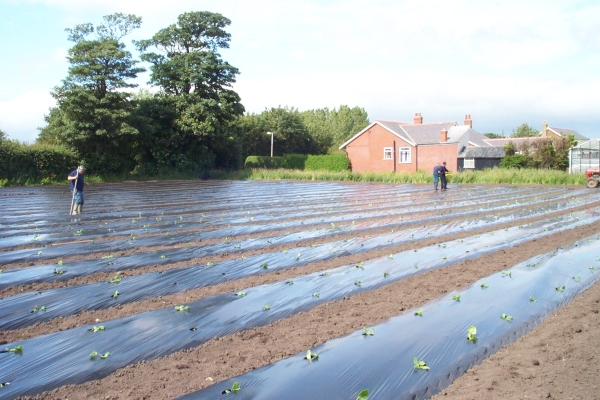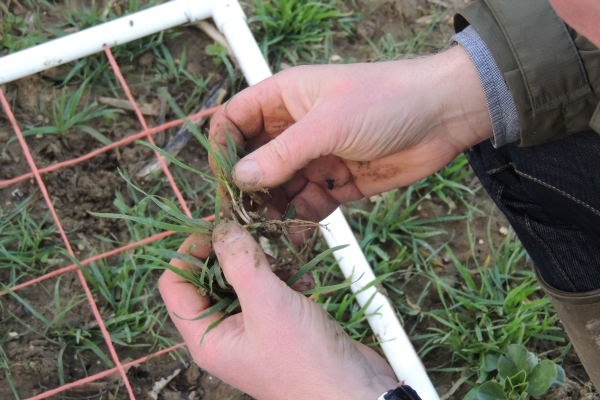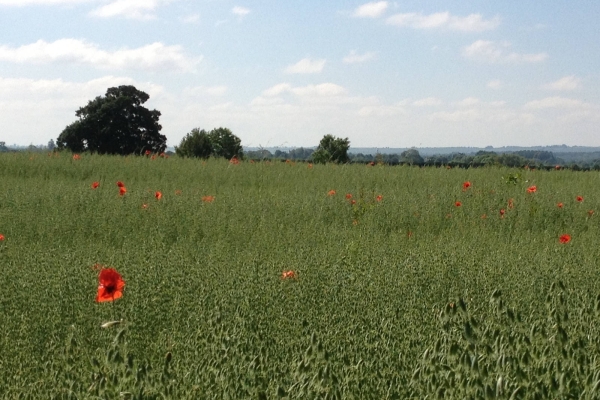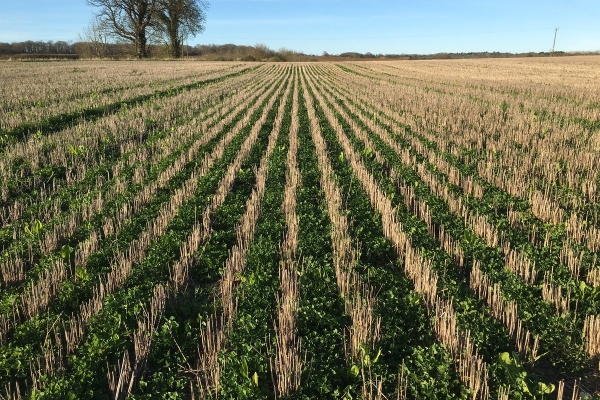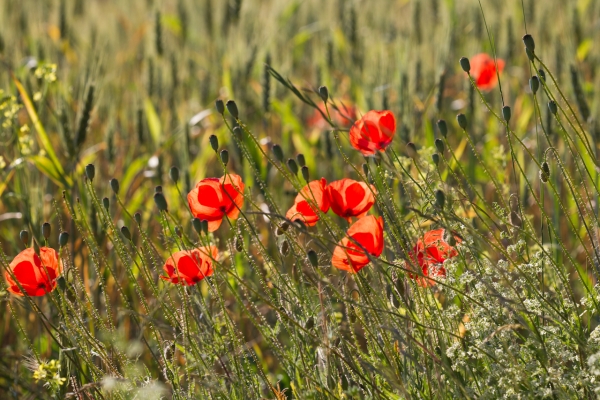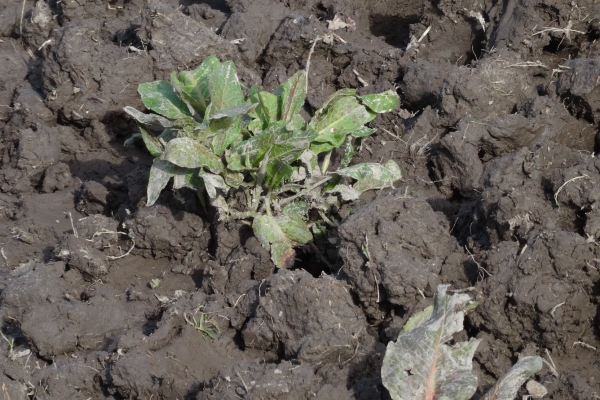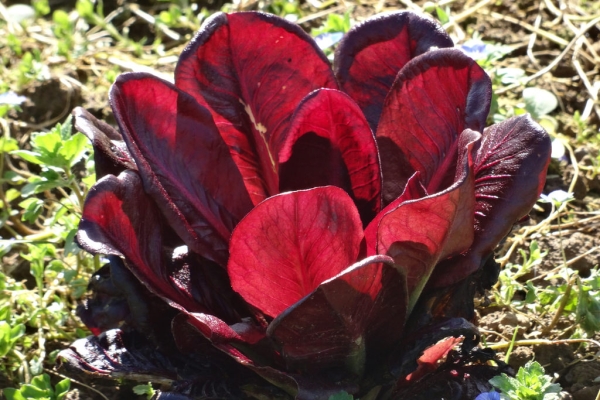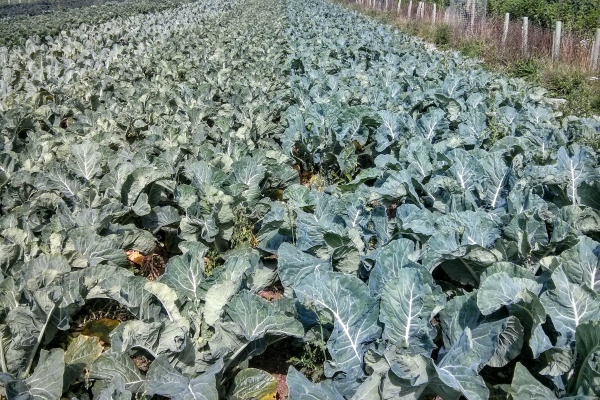False and Stale Seedbeds: The most effective non-chemical weed management tools for cropping and pasture establishment
Resource explained
This useful report from the Future Farming Centre in New Zealand explains the related techniques of false and stale seedbeds in detail; both the underpinning theory and what it takes to implement them in practice. Author Charles Merfield (Merf) states that “Of the multitude of non-chemical weed management techniques, one stands head and shoulders above the rest in terms of its efficacy, ease of implementation, reliability and low cost: ‘false seedbeds’.” He goes on to set out clearly the science behind the techniques, backed up with useful and accessible Figures. He explains the exceptions and limitations, and how thermal weeding can select for particular weeds i.e. grass weeds. This is a very practical guide for farmers and growers wishing to apply the techniques on arable and horticultural crops and for new leys.
Findings & recommendations
- False and stale seedbeds are based on three rules: (1) most weed seeds are dormant, (2) tillage is the most effective means of germinating weed seeds, and (3) most weeds only emerge from the top 5 cm / 2 inches of soil.
- Both false and stale seedbeds work by the very simple process of germinating the weeds, killing them, then growing the crop. False seedbeds kill the weeds through tillage /cultivation, whereas thermal weeders or herbicides are used for stale seedbeds. For both techniques it is critical to have the weed seed bank under control.
- For false seedbeds, getting the tillage correct is vital and in most cases requires specialised machinery.
- Thermal weeders (for stale seedbeds) are also specialist machines and choosing the right type and design is key.
- When false and stale seedbeds are used as key components of an integrated weed management programme, exceptional weed control can be achieved without the use of herbicides.
Explore the resource to find out more


